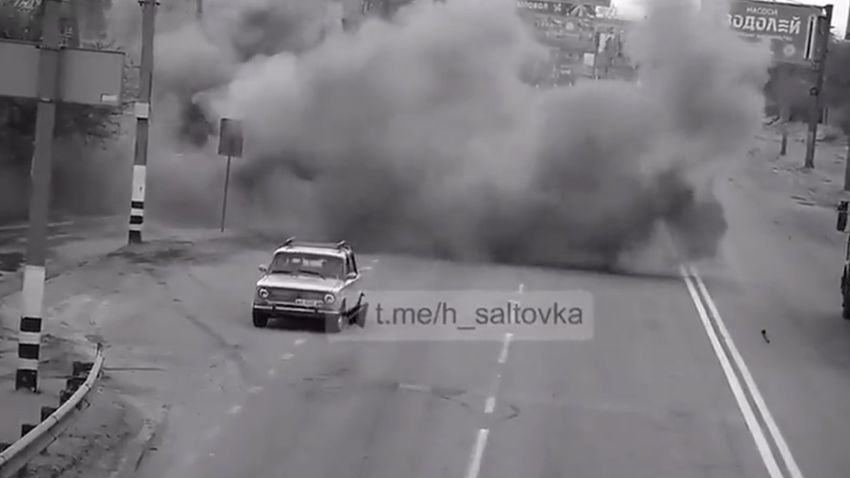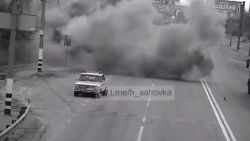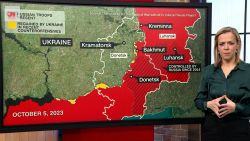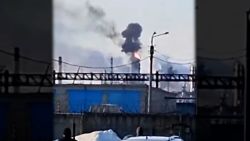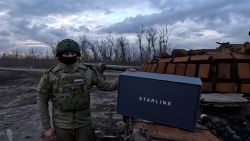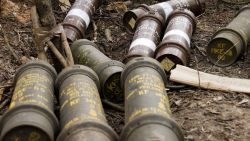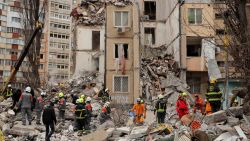The United States has confirmed it will supply cluster munitions to Ukraine as part of a new military aid package.
CNN first reported last week that US President Joe Biden’s administration was strongly considering approving the transfer of the controversial weapons to Ukraine, whose forces have been struggling to make major gains in a weeks-long counteroffensive.
Here’s what you need to know about the weapons – and why they are controversial.
What is a cluster munition?
Cluster munitions, also called cluster bombs, are canisters that carry tens to hundreds of smaller bomblets, also known as submunitions. The canisters can be dropped from aircraft, launched from missiles or fired from artillery, naval guns or rocket launchers.
The canisters break open at a prescribed height, depending upon the area of the intended target, and the bomblets inside spread out over that area. They are fused by a timer to explode closer to or on the ground, spreading shrapnel that is designed to kill troops or take out armored vehicles such as tanks.
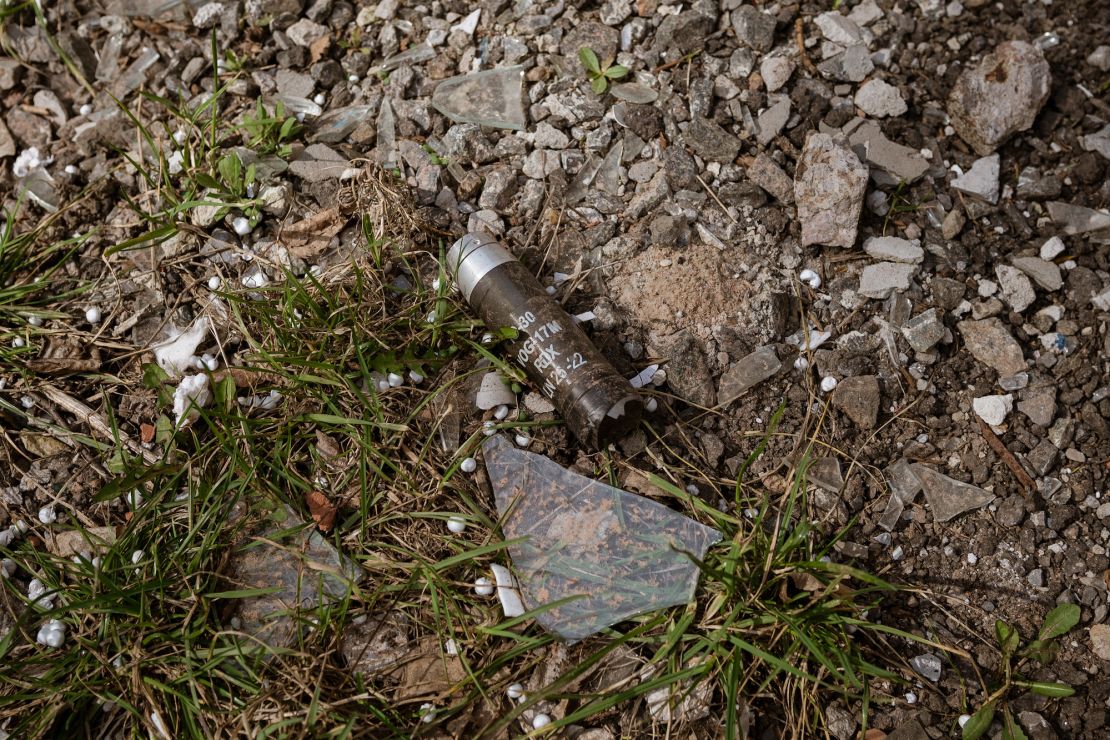
What type of cluster bomb is the US said to be giving to Ukraine?
The US has a stockpile of cluster munitions known as DPICMs, or dual-purpose improved conventional munitions, that it no longer uses after phasing them out in 2016.
According to an article on the US Army’s eArmor website, the DPICMs Washington will give to Kyiv are fired from 155mm howitzers, with each canister carrying 88 bomblets. Each bomblet has a lethal range of about 10 square meters, so a single canister can cover an area up to 30,000 square meters (about 7.5 acres), depending upon the height it releases the bomblets.
The bomblets in a DPICM have shaped charges that, when striking a tank or armored vehicle, “create a metallic jet that perforates metallic armor,” the article says, adding that it can take 10 or more bomblets to destroy an armored vehicle, but it may take only one to disable the armored vehicle’s weapons or render it immobile.
Have cluster bombs been used in the war in Ukraine before?
Yes, both the Ukrainians and the Russians have used cluster bombs since Moscow’s forces invaded in February 2022. More recently, Ukrainian forces have begun using Turkish-provided cluster munitions on the battlefield.
But Ukrainian officials have been pushing the US to provide its cluster munitions since last year, arguing that they would provide more ammunition for Western-provided artillery and rocket systems, and help narrow Russia’s numerical superiority in artillery.
Why are cluster munitions more controversial than other bombs?
As the bomblets fall over a wide area, they can endanger non-combatants.
In addition, somewhere between 10% to 40% of the munitions fail, according to the International Committee of the Red Cross. The unexploded munitions can then be detonated by civilian activity years or even decades later.
The Cluster Munition Coalition, an activist group trying to get the weapons banned everywhere, says potentially deadly cluster submunitions still lie dormant in Laos and Vietnam 50 years after their use.
A US defense official told CNN the munitions Washington would be sending to Ukraine have a “dud rate” of 2.35% or lower, based on live-fire testing done as recently as 2020.
However, critics have raised questions about the military’s testing process, including whether it was done in ideal conditions, or tested under different weather and terrain conditions that might affect how the munition reacts. The defense official did not address whether the munitions were tested under those different conditions.
Announcement exposes divisions
The White House is defending its transfer of the weapons, despite the concerns on the possible effects on civilians.
“While Russia is using them in Ukraine in an aggressive war on another country and indiscriminately killing civilians, the Ukrainians will be using these cluster munitions – obviously, which have a very low dud rate, but they’ll be using to defend their own territory hitting Russian positions,” National Security Council Coordinator for Strategic Communications John Kirby told ABC on Sunday.
“We can all agree that more civilians have been and will continue to be killed by Russian forces with whether it’s cluster munitions drones, missile attacks, or just frontal assaults, then will likely be hurt by the use of these cluster munitions fired at Russian positions inside Ukrainian territory,” Kirby added.
Reacting to Kirby’s comments, the Russian Embassy in Washington condemned the decision likening it to “war crimes.”
In a statement Friday, Human Rights Watch said both Ukraine and Russia had killed civilians with their use of cluster munitions in the war so far.
“Cluster munitions remain one of the world’s most treacherous weapons. They kill and maim indiscriminately and cause widespread human suffering,” Gilles Carbonnier, vice president of the International Committee of the Red Cross, said at a conference on the munition in Switzerland last year.
“Any use of cluster munitions, anywhere, by anyone, must be condemned,” Carbonnier said.
Much of the world has banned the use of these weapons through the Convention on Cluster Munitions (CCM), which also prohibits the stockpiling, production and transfer of them.
Though 123 nations have joined that convention, the United States, Ukraine, Russia and 71 other countries have not.
Using the munitions to attack enemy troops or vehicles is not illegal under international law, but striking civilians with the weapons could amount to a war crime, according to Human Rights Watch.
British Prime Minister Rishi Sunak said on Saturday his country, a key NATO ally, is a signatory to the treaty banning cluster munitions, and “discourages” their use.
Another NATO ally, Spain, put forth even stronger opposition to the transfer.
“While respecting the decisions of the sovereign country of the United States, Spain does not share their (judgment) in sending cluster bombs, we are against sending cluster bombs,” Spanish Defense Minister Magarita Robles said.
Where have cluster bombs been used before?
Cluster weapons have been used as far back as World War II and in more than three dozen conflicts since, according to the Cluster Munition Coalition.
The US last used the weapons in Iraq from 2003 to 2006, the coalition says.
US forces began phasing them out in 2016 because of the danger they pose to civilians, according to a 2017 statement from US Central Command.
CNN’s Haley Britzky, Natasha Bertrand and Josh Pennington contributed to this report.

